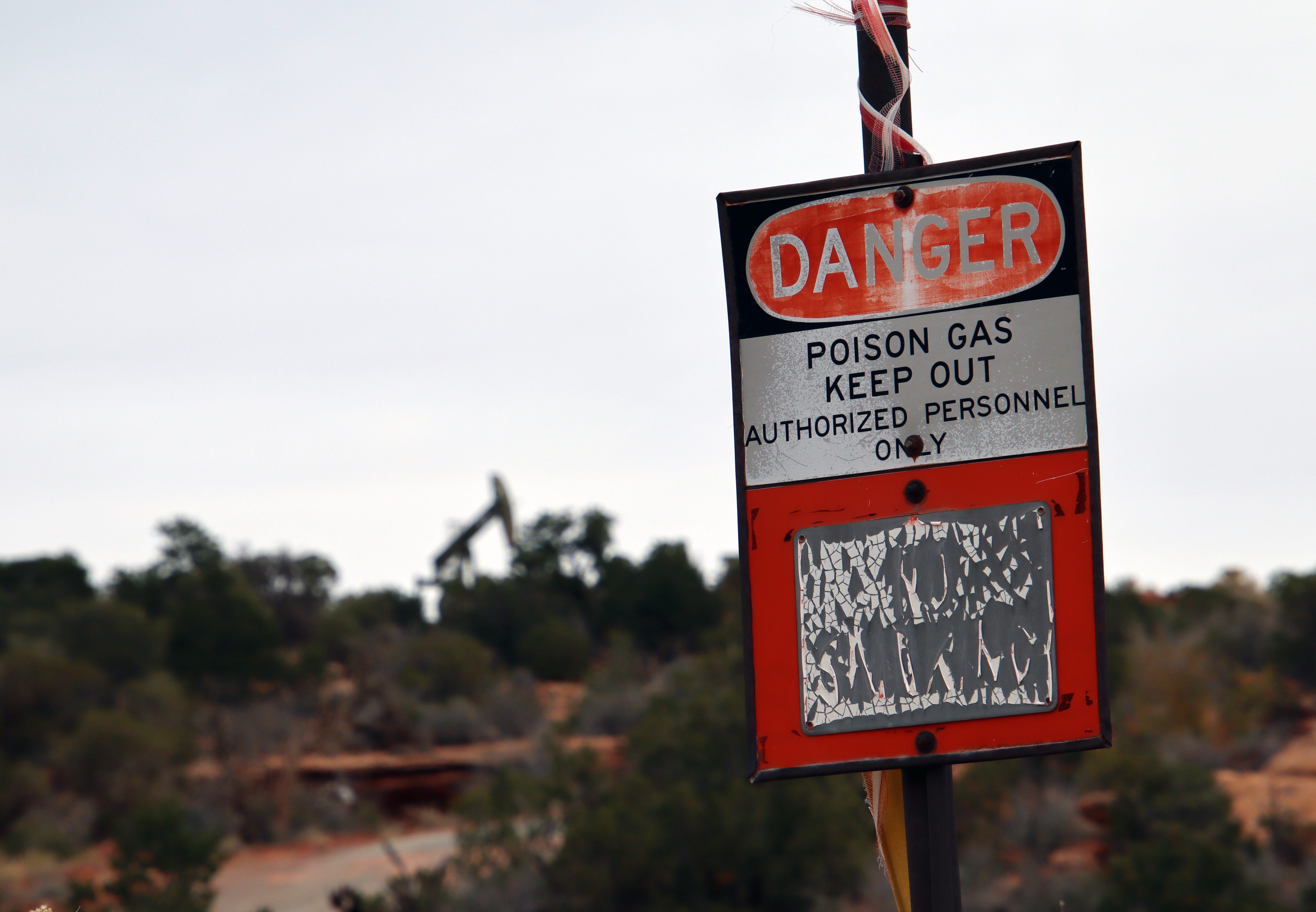Lisbon Valley Blues
Images from a sacrifice zone
My first impulse upon seeing the faded and tattered windsocks as I motored along a southeastern Utah backroad in early November was to look for the landing strip. There was none. Then I saw the distinctive infrastructure of an oil and gas well surrounded by WARNING POISON GAS KEEP OUT s…



